Angus and Mearns campaigners have secured changes along a super-pylon route being created as part of a £20 billion plan to turn the north of Scotland into a “clean energy powerhouse”.
The changes to the Kintore to Tealing 400kV line have emerged as part of an SSEN Transmission announcement that it will recruit 400 new employees for the project in the next 12 months.
The energy giant set out ambitious plans to contribute to the development of 200 properties across the north of Scotland as a legacy of its Pathway to 2030 programme.
And the Kintore-Tealing element of the overall project is in line to deliver over £21m in community benefit funding.
SSEN revealed changes as part of the reports on consultations across three new overhead line projects and associated substation and convertor station developments.
The company was heavily criticised for its initial consultation on the proposals.
And it will see:
- Re-routing of the overhead line near Forfar to take it further away from the town.
- A proposed new substation at Fiddes in the Mearns move to a new site in Fetteresso Forest near the existing Fetteresso substation.
- Work to identify and assess potential sections of existing overhead line where their removal will reduce cumulative impacts.
The Forfar change follows criticism after local councillors and the town’s community council were left out in a previous project briefing.
And Mearns campaigners’ fought against the impact on Sunset Song territory made famous by author Lewis Grassic Gibbon.
But there are no other changes to the preferred Angus pylon route.
Residents in some areas where the 55-metre towers will be sited fear the area’s natural beauty will be ruined.
SSEN say there will be another round of public consultation on overhead line alignments and more detailed substation designs in early 2024.
Largest investment in almost a century
SSEN Transmission managing director Rob McDonald said: “This is one of the biggest investment programmes in the north of Scotland for almost a century.
“Our £20bn programme will help unlock cleaner, more secure energy for homes and businesses for generations to come.
“The north of Scotland can be a clean energy powerhouse and is set to play a leading role in delivering UK and Scottish Government energy security and net zero targets, but the benefits go way beyond energy.
“The benefits are compelling, but as with any major infrastructure programme, we need to ensure that we effectively consult and act on the views of local communities.
“This is exactly what we are doing, and in outlining a range of significant alterations to our plans today – directly in response to community feedback – we have shown that we will act on the views of our stakeholders wherever possible.
“We now look forward to ongoing constructive engagement with local communities and wider stakeholders.”
First Minister Humza Yousaf said: “SSEN Transmission’s Pathway to 2030 programme is a major investment in the future of our electricity networks in the north of Scotland, and this latest announcement demonstrates it is paying dividends in terms of creating long-term, high quality green jobs as well as benefits for the wider economy.
“It is clear that SSEN Transmission is committed to investing in the skills and talent in the north of Scotland as we move towards that crucial transition to net zero, which is necessary not just for our energy needs, but for the sake of the planet.”
Concerns remain
West Aberdeenshire and Kincardine MP Andrew Bowie said: “Mearns communities will be delighted by SSEN’s change of heart over the planned Fiddes substation.
“They have listened to feedback from myself and thousands of residents that Fiddes is the wrong site.
“This is a very positive first step, a significant change which addresses numerous concerns — but it does not address them all. Further concerns remain along the route.
“Comments on the new overhead line route will open in the new year, and I urge residents to contact SSEN directly, or through myself or the relevant constituency MP.
“Talking to constituents, they said time and again that the problem is not the infrastructure itself, rather the way in which engagement with community groups and residents was handled.
“I hope this revision is the first step towards that proper engagement.”

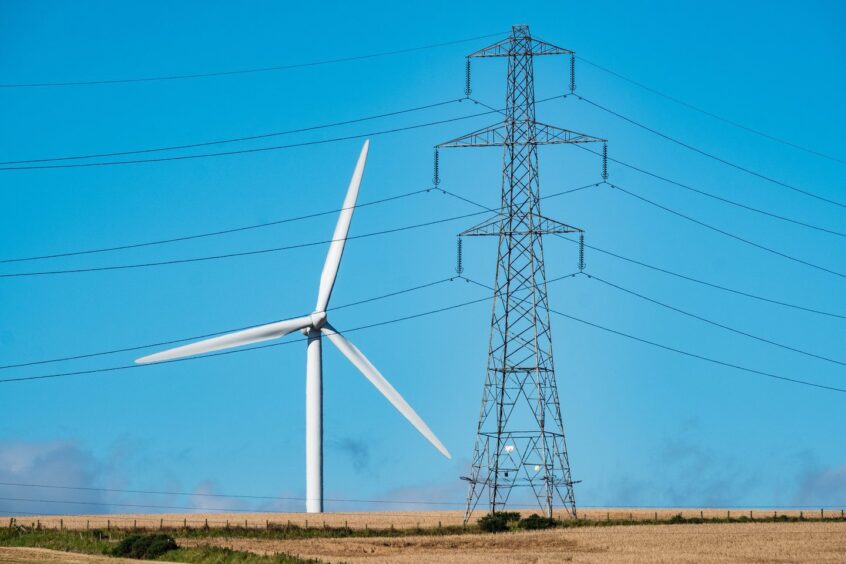
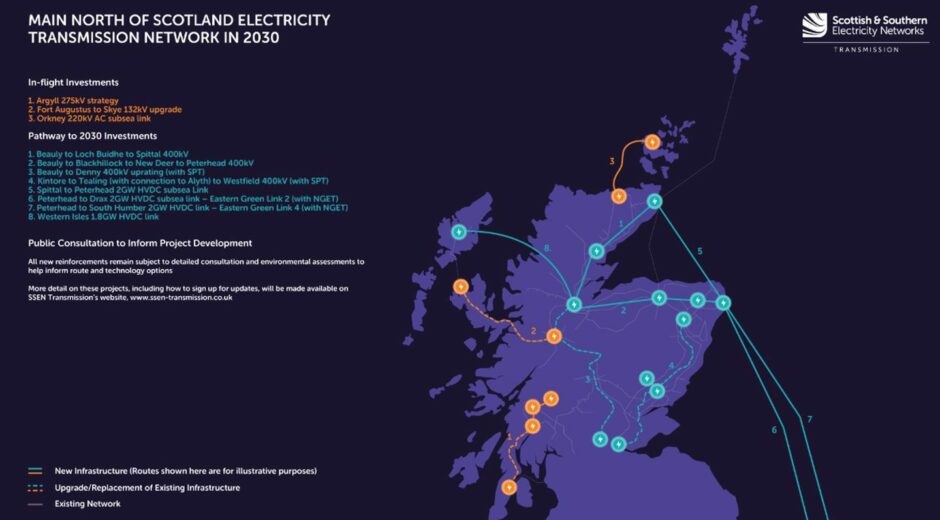
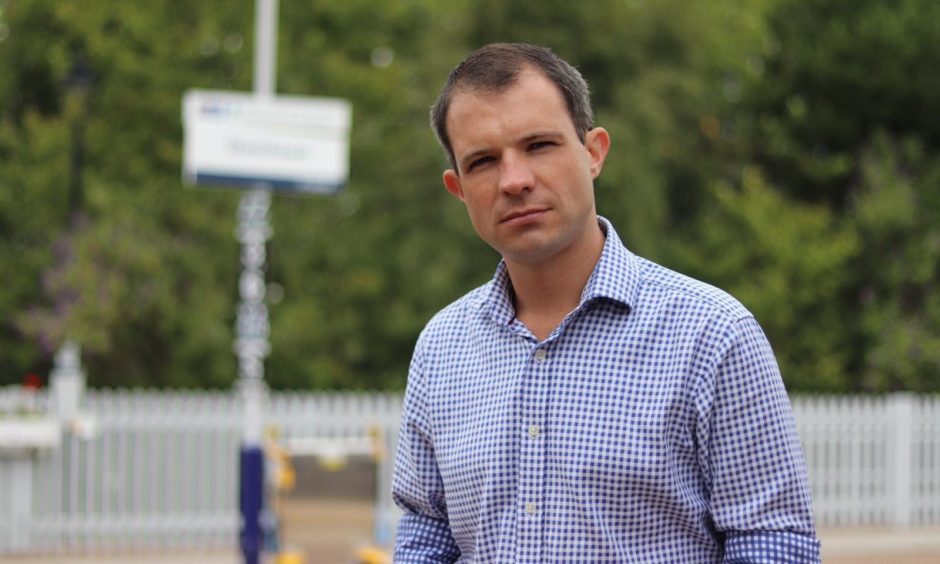


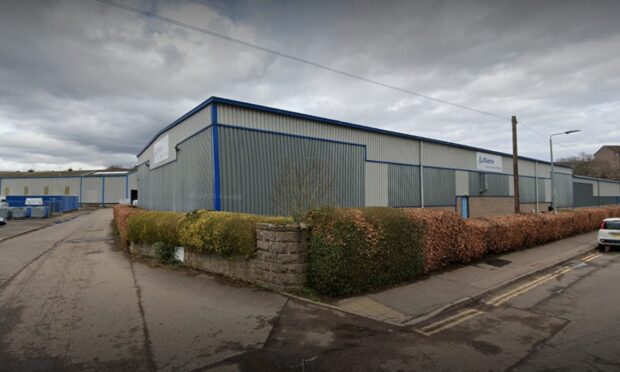


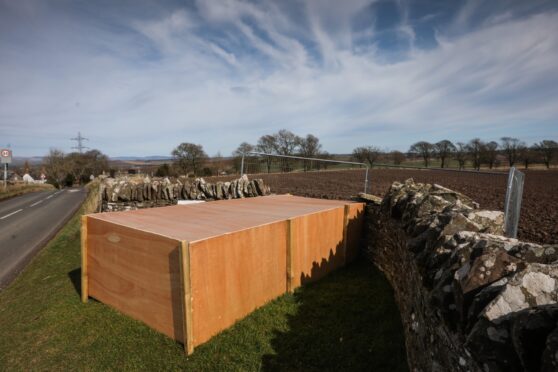
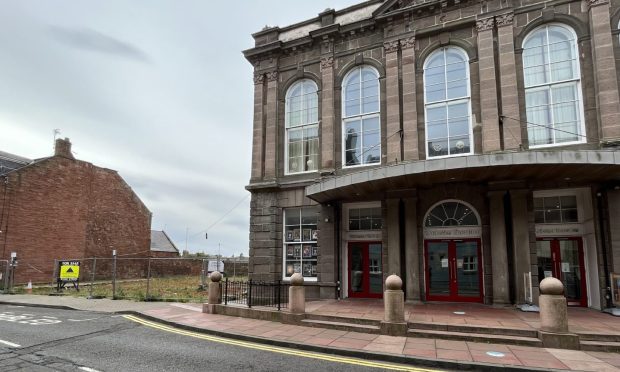

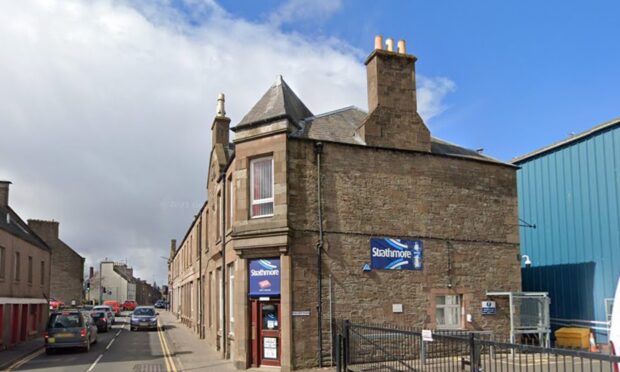
Conversation